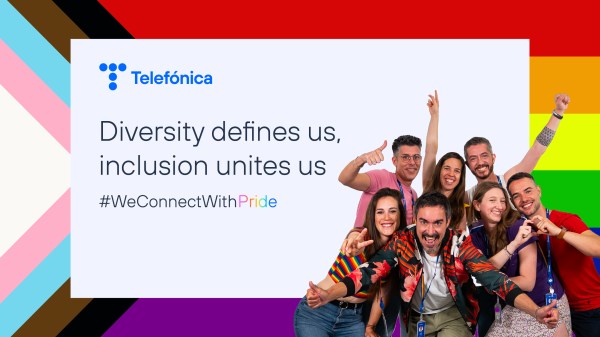What is functional diversity?
The use of the term functional diversity arises from a social perspective, with a focus on the different capabilities of each individual, leaving deficits and shortcomings in the background, as was previously the case.
The numerous terms that have been used previously (such as handicapped or deficient) gave a negative view, implying that these were people with less value.
The reason for the use of this type of concepts is that they arose from a medical perspective, with a vision centered merely on disease or pathology.
The WHO estimates that 1.3 billion people (approximately one in six of the world’s population) suffer from some form of significant functional diversity.
This group of people is twice as likely to develop different types of illnesses (such as depression, asthma, diabetes, stroke or obesity), in addition to facing unfair situations such as stigmatization, discrimination (affecting matters such as education or employment) or even poverty.
Types of functional diversity according to the altered system
Depending on the system that is altered, we can find different types of functional diversity: physical or motor, sensory, intellectual and multiple.
Physical or motor functional diversity
This involves problems in the development of movements that may affect the possibilities of movement, balance, use of the hands or even speech.
The causes of this type of functional diversity may range from prenatal problems or problems during pregnancy or later pathologies linked to accidents or trauma.
Sensory functional diversity
This category can include both visual and hearing problems.
- Visual. These range from blindness (either partial or total) to vision problems of a milder nature. The causes may be of various origins: congenital or acquired, such as cataracts, strabismus or other eye problems.
- Hearing. They can occur in only one ear (unilateral) or in both (bilateral) and depending on the degree of hearing loss we can find from profound (commonly known as deafness) to the mildest (hypoacusis).
Intellectual functional diversity
This type refers to people with a slower than average ability to learn social and intellectual skills with which to act in different situations. This type of functional diversity is not only related to the person, but is also influenced by the environment.
Multiple functional diversity
We can summarize this type as one that encompasses needs in more than two systems. It is not only the sum of impairments that characterizes multiple functional diversity, but also the person’s level of development and his or her communicative, social and learning possibilities.
Types of functional diversity according to the degree of impairment
Depending on the degree of impairment, the BOE lists five different types:
- Null, between 0% and 4% disability. It is an insignificant level that does not generate any impossibility for the development of daily life and its activities.
- Mild, between 5% and 24% disability. Although it is true that there is some difficulty in carrying out activities of daily use, the person has total independence in their development.
- Moderate, between 25% and 49% disability. It may involve some total limitation in certain daily activities, being independent in self-care activities.
- Severe, between 50% and 95% disability. Includes the possibility of having a total limitation or the impossibility of performing daily activities, including self-care activities.
- Total, between 96% and 100% disability. Unlike the previous case, it implies the impossibility of performing practically all daily activities, including, obviously, self-care activities.
Committed to diversity
For Telefónica, incorporating the management of inclusion and diversity is key to connecting talent and growth, since only by managing diversity in an inclusive manner will it be possible to guarantee a discrimination-free environment that overturns inequalities linked to labels.
As José María Álvarez-Pallete, Chairman of Telefónica, reminds us, “contributing to providing opportunities for people with disabilities is not only an ethical imperative, but also a question of talent and business. No company can afford to do without any valuable professional”.








